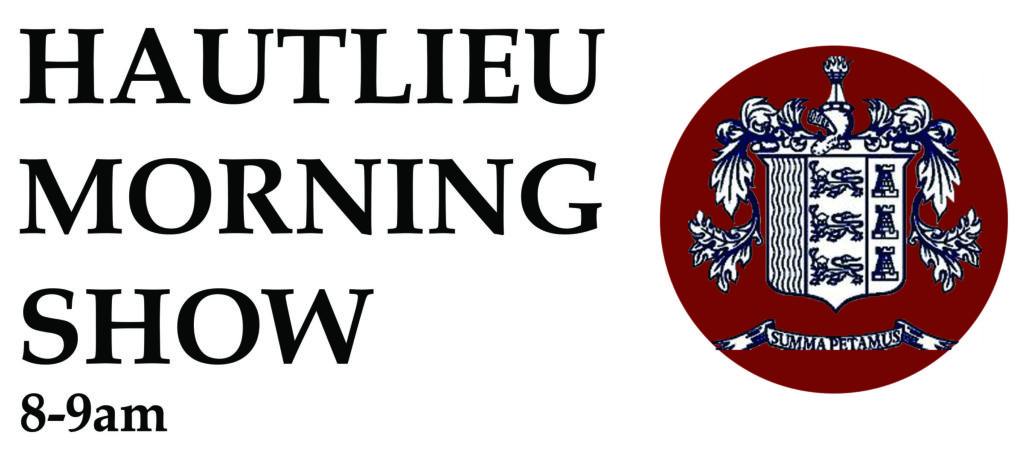Teen Vogue:
- Targets a young female audience
- Primary audience are 14-17 years old
- Has an explicit feminist stance
- Appeals to younger people and is engaging for females
- 8 million dollars made a year
- Focused pm fashion, politics, culture, identity
- 1.7% of their May 2018 audience was 17 or younger, 2.6% were 18 to 24 years old
- https://www.teenvogue.com/story/homeless-students-covid-pandemic

- Circulate: This article is circulating how Covid is causing trouble for students and some are being left homeless due to the pandemic. The information is being spread as it is important.
- Active: There is an active audience with this article as people want to know what is happening with the pandemic and how some people will have been affected by this. It’s a current global issue and people want to get involved and know what will happen and when it could all be over.
- Teen vogue is online which means there is no need for articles to be printed as they aren’t being produced on paper; this means there wouldn’t be a need for the people who print articles and in the future a person may not need to manage what articles are posted online as AI would develop and could control what us published and what isn’t. Although people would still need to write the articles, AI would be able to edit and post articles. Media is a risky business (Hesmondhalgh) and people who choose to work in this industry they will be competing with developing technology and the idea that people don’t really have a need for newspapers/articles being printed.
Tomb Raider:
- Female protagonist, radical to dominant ideologies
- Lara Croft is sexualised to appeal to the dominant male audience
- Portrays how women can be active in this way going against the stereotypes of how a woman should act
- Portrays a strong/confident image for women







